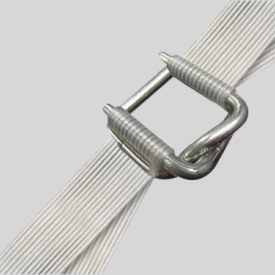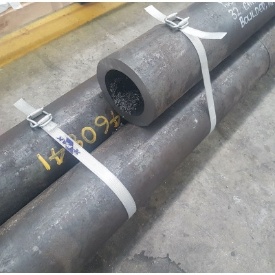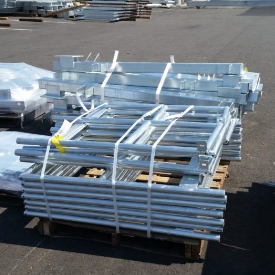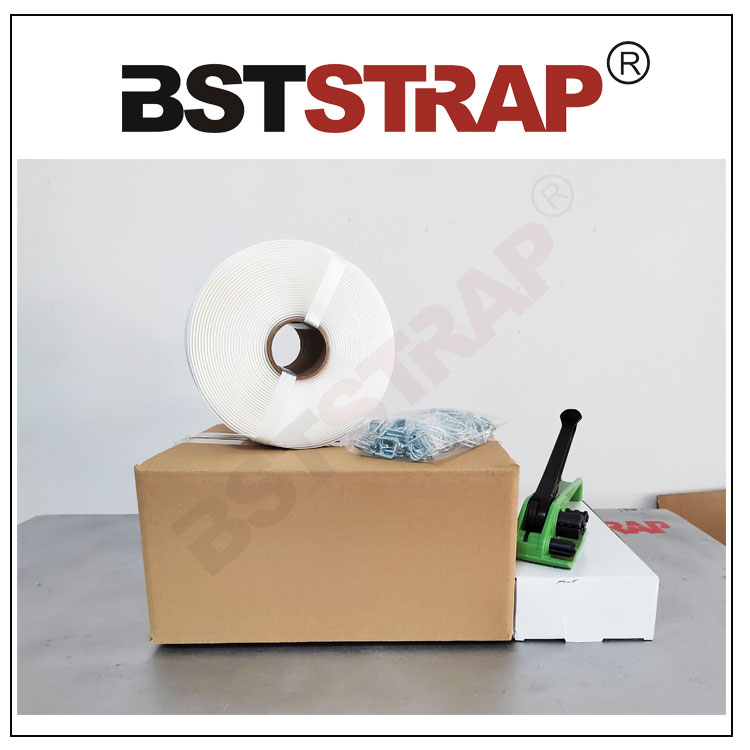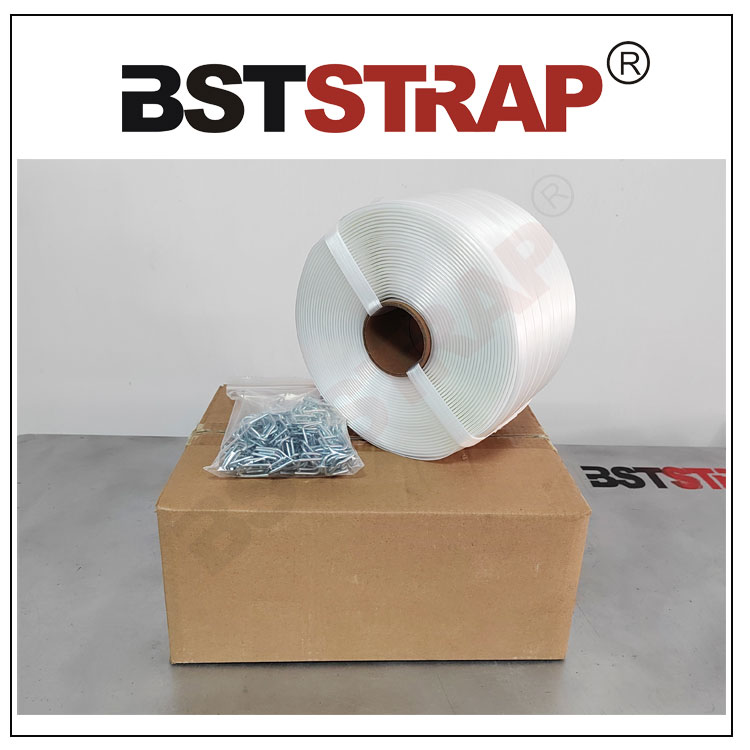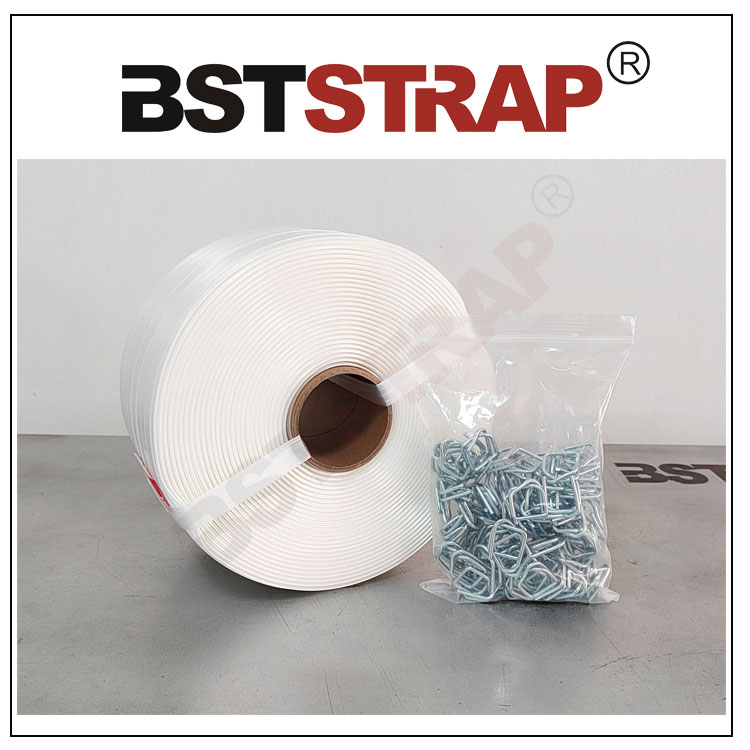
Key Factors Determining the Performance of Composite Corded Straps
Composite corded straps are widely used materials in packaging, transportation, and securing items, known for their lightweight, high strength, and resistance to corrosion. To fully harness the performance of composite corded straps, several key factors need to be considered:
1. Material Composition
The primary materials of composite corded straps typically include polyester (PET) or polypropylene (PP). The choice of these materials directly affects the strap's strength, abrasion resistance, and weather resistance. Polyester materials are usually more resistant to UV rays and chemical corrosion, while polypropylene is lighter but may experience performance degradation under extreme conditions.
2. Weaving Technique
The weaving method is crucial for the strength and flexibility of the strap. Different weaving structures (such as plain, twill, or mesh weaving) will impact the strap's tensile strength and durability. Additionally, a good weaving technique can enhance the strap's resistance to tearing and abrasion.
3. Tensile Strength
Tensile strength is a vital indicator of the performance of composite corded straps. During use, the straps will experience various tensile forces, and selecting a product with high tensile strength ensures that it will not easily break when transporting or securing heavy loads.
4. UV Resistance and High-Temperature Durability
Prolonged exposure to sunlight can lead to aging of composite corded straps, resulting in performance degradation. Therefore, selecting UV-resistant materials and coatings can enhance the lifespan of the straps. Moreover, high-temperature resistance is also a factor to consider in certain industrial environments to prevent strap damage due to excessive heat.
5. Moisture and Environmental Adaptability
In humid or corrosive environments, the material choice of composite corded straps becomes particularly important. Some materials may absorb moisture in high humidity, thereby affecting their strength and durability. Therefore, choosing straps that are suitable for specific environments can significantly improve their effectiveness.
6. Connection Method
The way composite corded straps are connected can also influence the overall system's performance. Employing appropriate fasteners or welding techniques can ensure the stability and safety of the straps during use.
Conclusion
Choosing the right composite corded strap involves multiple factors, including material composition, weaving technique, and tensile strength. Considering these factors collectively will help in selecting the most suitable strap for specific applications, thereby enhancing the safety and reliability of the product. Whether for industrial applications or everyday use, proper selection and use of composite corded straps are key to ensuring excellent performance.
